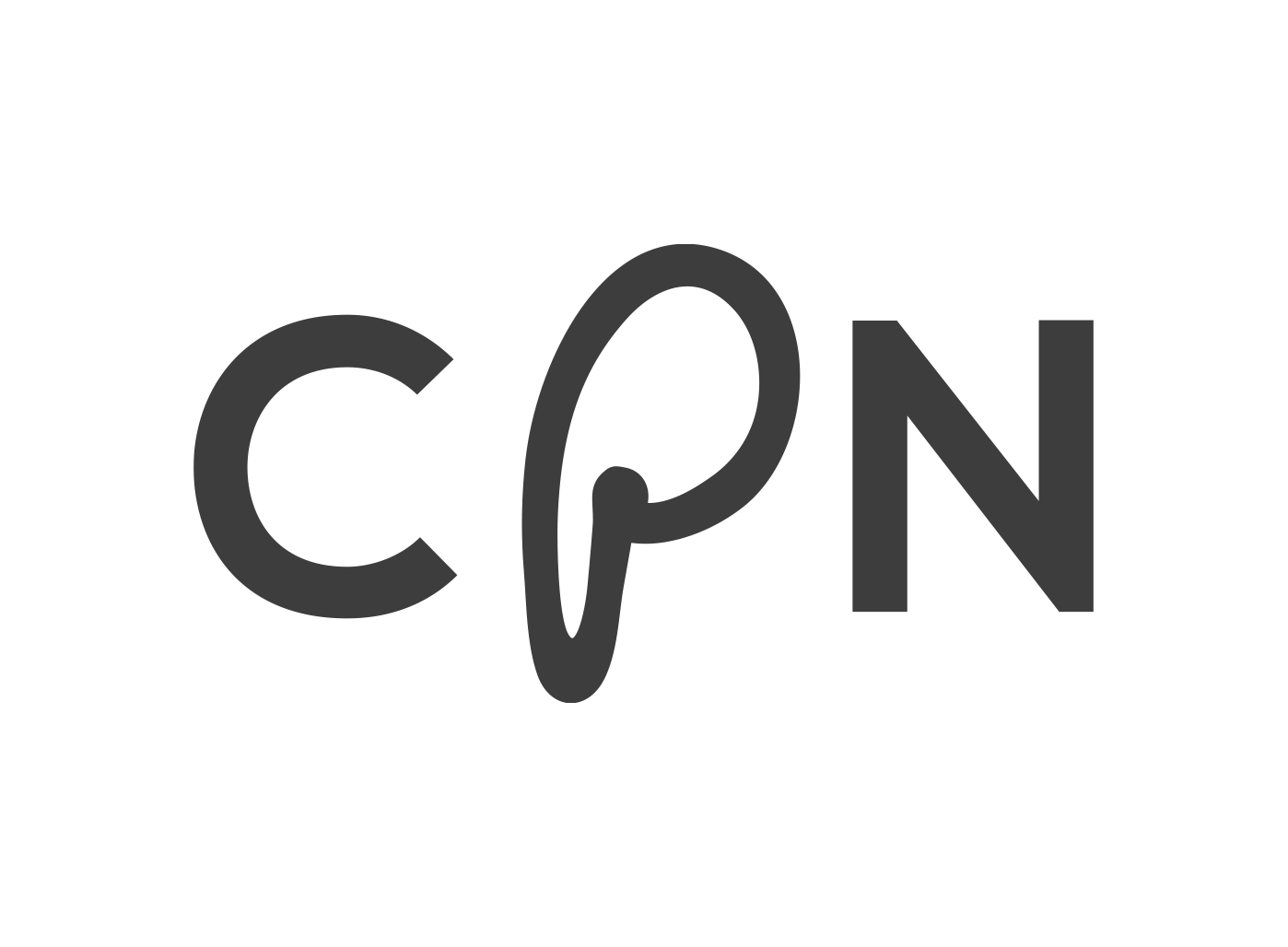(Re-)Building trust in Personalisation
/How would you like to get news personalised to your taste? If this question doesn’t appeal to you, it’s not a surprise. While the concept of offering online content fitting to the person viewing it is nothing new, there is a great level of mistrust in the idea for different reasons.
Ever since social networks became popular, we are all familiar with the idea of seeing what we like most. Or at least the equivalent of what an algorithm thinks we do. Facebook is the most well known provider of such a timeline. And it’s also Facebook that is one of the main reasons people are questioning the content they are seeing: We don’t know whether the information we get is correct, whether it’s complete or if we’re missing out on something. Nor why exactly we are being shown this information - we don’t have control over it.
(Results from the online survey done at Deutsche Welle clearly show the wish for more transparency)
What is personalisation?
Personalisation can take a multitude of different forms. A timeline like in Facebook or Twitter is only possible with an unlimited number of news items at your disposal. Something news companies, especially local ones, usually don’t have. But personalisation can also mean to just show people a limited number of items chosen specifically for them based on certain preferences. Focusing on a specific area, a certain time of the day, serving news just in a specific length or just addressing specific topics appealing to the reader.
CPN’s aim and how we approached it
In short: We want to build trusted personalisation as a service for news media. Meaning, we want to find an approach that is trustworthy through transparency and control, that doesn’t give you the feeling of missing out on important topics, that does put you in a filter bubble, by feeding you only one side of the story and that does give you control over what influences what you are seeing. Sounds complicated, doesn’t it? Here is how we have approached the issue.
We first took a close look at what is already out there, learning that media companies have been late to the game. Social networks and marketing have long ago started personalising their offers. Media companies have yet to find the right approach, and while there are a lot of experiments going on, it seems clear, that there isn’t one overall solution.
So we decided to get the info first hand and invited our audiences to help us. In co-creation sessions (at VRT and DIAS) and through online surveys (DW), we reached out to real users and asked for their opinion on personalisation. We invited both producers and end users for the workshops and contacted audience members of DW for the online questionnaires.
In all three cases, participants were open for the idea of personalising news individually in particular because of the information overload that we are all facing online these days. But it also became very clear, that users wanted a transparent system, not a black box. Understanding the decisions made by the system, was a key requirement, followed by the preference to being able to influence those decisions by keeping control over one’s own data.
(Part of a scribbled scenario created during a co-creation session at VRT)
The workshops were also used to create some first ideas of how a new personalisation system could address the users’ needs - proving once more that personalisation is just no one-fits-all solution. Based on the personas created before the sessions, the workshop participants discussed different scenarios for “news junkies”, different categorisation options on hard facts versus more emotional aspects and how to best set up user profiles following new approaches.
The online survey gave very similar results, also stressing the information overload and underlining the need for a transparent system, but also highlighting the trust issue. It seems like people are rather reluctant to give out certain personal data due to (bad) past experiences. Following after the workshops the surveys also allowed to already test the acceptance towards certain ideas from the workshops ro avoid the fear of missing out (FOMO) or Filter Bubbles. The majority of the participants shared the fear but also favored the suggestions to limit those effects, for example by introducing alternative items, not matching the users profile.
The real challenge
After analysing all the material from the sessions and surveys, the project team transformed the information into a structured set of first requirements, addressing the main pain points identified in the previous steps. Those requirements are now the basis for the first CPN prototype to be developed by the technical partners in the project. Building this prototype will not be the issue, as the project already has a set of modules in place to set up the basics in creating user profiles, analysing media items and matching both with each other.
The real challenge will be to turn this into a personalisation algorithm, that really produces good matches, while working transparent enough for the users to understand why they are shown certain results - an aspect strongly tied also to the new European Data Privacy Regulations (GDPR) . Keeping the users in the loop (e.g. through regular evaluation sessions) is only going to be half the work. Coming up with the right ideas to create smart profiles and correctly match news items to interests is the other part. By letting the users participate along the way, we do hope to find the right solutions for that and keep the system transparent enough to build the necessary trust in it for it to work successfully, while keeping data privacy a top priority.




